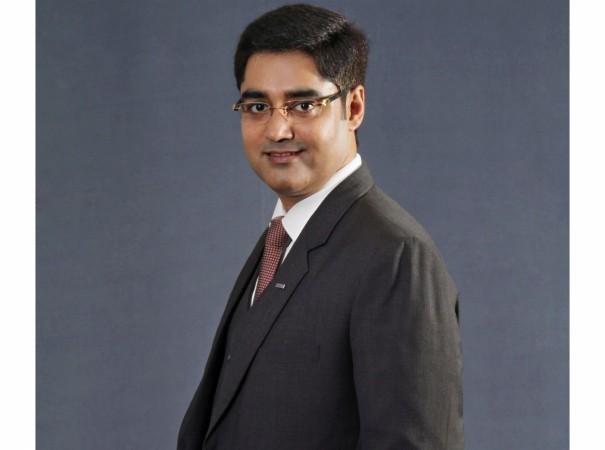
Panasonic is a renowned global electronics brand with a stable position in the Indian market as well. The company was seen strengthening its position in the smartphone space in the country with a series of launches, but the competition remains stiff for the electronics maker to pace forward.
But Panasonic is not just about smartphones, as the company also has strong investments in other electronic products such as refrigerators. Panasonic has dealings in both B2C and B2B categories, making it a strong supplier.
As we enter 2017, Panasonic India's CEO and president Manish Sharma talks to International Business Times, India, about the company's plans to grow as a brand. Sharma also shares his insights on smart homes, which are going to become huge this year.
Following are the edited excerpts from our interview with Sharma:
IBTimes, India: Technology is no longer defined by smartphones, so where do you see your product line heading next?
Sharma: Globally we are inventing a lot and our products are being appreciated by the consumers. The Indian smartphone industry has seen a drastic upsurge in its presence, which has further made consumers more susceptible to its idea and further technological advancements. We are constantly going back to the drawing board and evolving our technologies and product lines more expansively to suit the daily usage needs of the typical Indian consumer.
IBT: What are your sales and revenue targets for 2017?
Sharma: With the implementation of the 7th Pay Commission decisions, the second half of the year will witness higher growth as compared to last year. We achieved net sales of Rs. 8,700 crore in the last financial year (FY15-16) and are expecting target sales of Rs. 10,800 crore this financial year. For mobiles, we are expecting the sales to grow to Rs. 2,500 crore this year from Rs. 1,800 crore last year.
IBT: What are your marketing strategies for 2017?
Sharma: India is an emerging market, with a lot of economic opportunities, such as Make in India and Digital India campaigns. It is a part of six strategic regions – ISAMEA — which are high-focus areas for the company. We want to emulate our global business strategies to reflect with results on the ground in India. This will be crucial in driving growth and profitability from India to meet the larger goal of increasing our operating profits. The company has focused on Tier-I, Tier-II, and Tier-III markets, and therefore, all the marketing and communication strategies are aligned with this objective. Our strategy is to maintain balance between B2B and B2C products. Steps are already being taken to chart a path in line with global strategies in India. We have seen appreciable growth in all our three segments.
IBT: What were your biggest achievements in 2016?
Sharma: Panasonic performed well in 2016 with respect to Make-in-India investments and achievements, ranging from AES deal for energy storage, investment of Rs 115 crore in Jhajjar plant for refrigerator and investment of Rs 150 crore in Anchor's Haridwar plant. We have also been receiving overwhelming response for our consumer appliances and launched 21 smartphones this year.
IBT: What are your views on VR, AR and IoT (Smart Homes)? What will drive innovation in 2017?
Sharma: With the increased penetration of technology in our lives, in the coming years, IoT will transform our everyday objects into an ecosystem of information that will help us communicate, sense or interact with the environment and enrich our lives.
According to Gartner, by 2020, the IoT industry will grow to 26 billion installed units, excluding PCs, tablets and smartphones, representing an almost 30-fold increase from 0.9 billion in 2009. The market will also witness an increasing trend toward smart homes that involves connecting every imaginable electrical or electronic device, and delivering smart home appliances.
As technology advances and prices go down, smart home appliances are expected to be widely adopted on a global scale, and this is the opportune time for various manufacturers to drive proliferation of the IoT market.

















